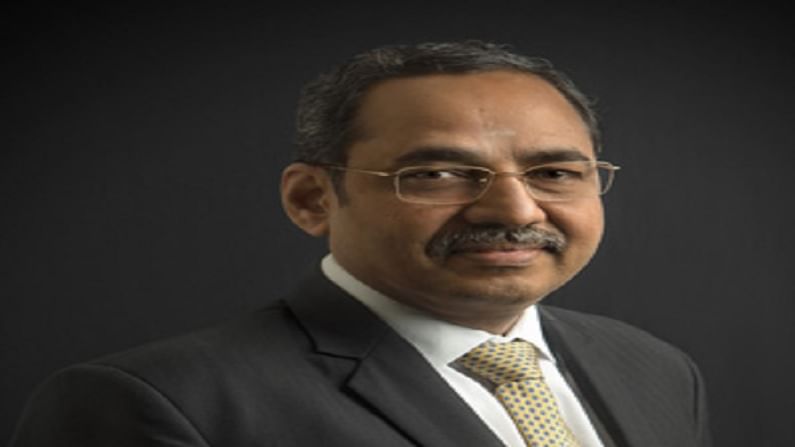Debt fund investors should go through the cycle: MD & CEO, Aditya Birla Sun Life
In an interview with Money9, Balasubramanian said he expects IT, pharma and FMCG sectors to do well over the long term

With yields in the bonds beginning to creep up, A Balasubramanian, MD & CEO, Aditya Birla Sun Life Asset Management Company, told Money9 in an interview that if the rise is not too much, say more than 1% (100 basis points), things should pan out fine for banks and banking stocks.
Edited excerpts:
Q: What is your advice to debt fund investors?
Balasubramanian: So far, the rise in yield has been quite nominal. Short-term interest rates are more stable due to support from high easy liquidity. An investor, as of now, mostly invested around short-duration funds that invest predominantly in securities maturing over the next six months to one year. And they should continue to do so despite market volatility and negative returns in the short term. As the rates begin to go up, say in a year or so, re-investment of bonds that will mature will get re-invested in the prevailing rates and hence, the portfolio will get adjusted to the rising interest rate cycle. Investors should go through the cycle rather than redeeming now.
Q: What is the tenure that will work best for the retail investor?
Balasubramanian: One-to two-year duration is the most ideal tenure. Re-investment of maturities normally happens at the prevailing interest rate allowing the portfolio realign suitably. In general, a rising interest rate regime does affect long-duration bonds more. Investment consideration should be mostly around low-to medium-risk schemes, as defined in the risk-o-meter which will mostly take care of the risk-return expectation of investors in a very fair manner.
Q: There are worries that banks could be adversely impacted because they have to book losses on treasury operations. Will that make banking stocks less attractive?
Balasubramanian: Not necessarily. Rising interest will also help banks in raising the lending rate as well as re-investing at a higher yield. I would assume banks should benefit from the yields upward trajectory as it tends to improve their lending margins and hence can turn out to be a good thing. As long as the rise in interest rates is not substantial – by more than one per cent or more – banks’ investment books should not get impacted so much to create huge mark-to-market losses. And at the same time, if the lending operations get a boost, the credit-deposit ratio would turn more in their favour due to the higher yield on excess liquidity that is being maintained by banks. All in all, the impact for banking stocks should remain favourable as long as the rise in interest is not substantial and it is more orderly as and when it happens. It also appears the fear interest rate rise will be probably higher than the real hike interest rate, as central banks would also like to see growth return before they undertake a hike.
Q: Equity markets have been quite volatile in the past couple of weeks. And investors have also chosen to sell mutual funds aggressively. What is your take?
Balasubramanian: Equity markets saw correction due to the fear of oil prices going up which is also associated with rising inflation and interest rates. While the fear has created some negative impact on the equity market, which has gone up substantially, since the time pandemic broke out in March 2020. Now the market is looking at growth returning at a faster phase.
However, growth combined with profitability improvement may take some time and hence, the correction. This kind of correction will only bring orderly market condition in the future. And at the same time, the unprecedented stimulus provided by the government and the Reserve Bank of India (RBI) should keep the expectation on the recovery of the economy high and hence overall equity outlook remains positive. Since investors should hold their investments for the longer term. I would advise investors to stay invested and look beyond 2021 for say, the next 10 years. There are expectations that Emerging Markets would receive a significant proportion of global money over the next ten years. India, too, is likely to be the largest recipient of the same. Therefore, one has to ask a question about how much I am invested in equity schemes of mutual fund to get worried. On the contrary, if there is a scope to invest more, one should consider such an investment and build a long-term portfolio.
Q: Which sectors look attractive to you?
Balasubramanian: Indian market is divided into two parts — companies that are long-lasting in nature and deliver high growth almost every year. These sectors are information technology, pharma, fast-moving consumer goods. And they should continue to do well over the long term. At the same time, domestic cyclical such as banking, metal, capital goods sectors should do well on the back of the recovery story. Lastly, value companies that were ignored all these years as against growth companies probably may see renewed interest coming in the few months.